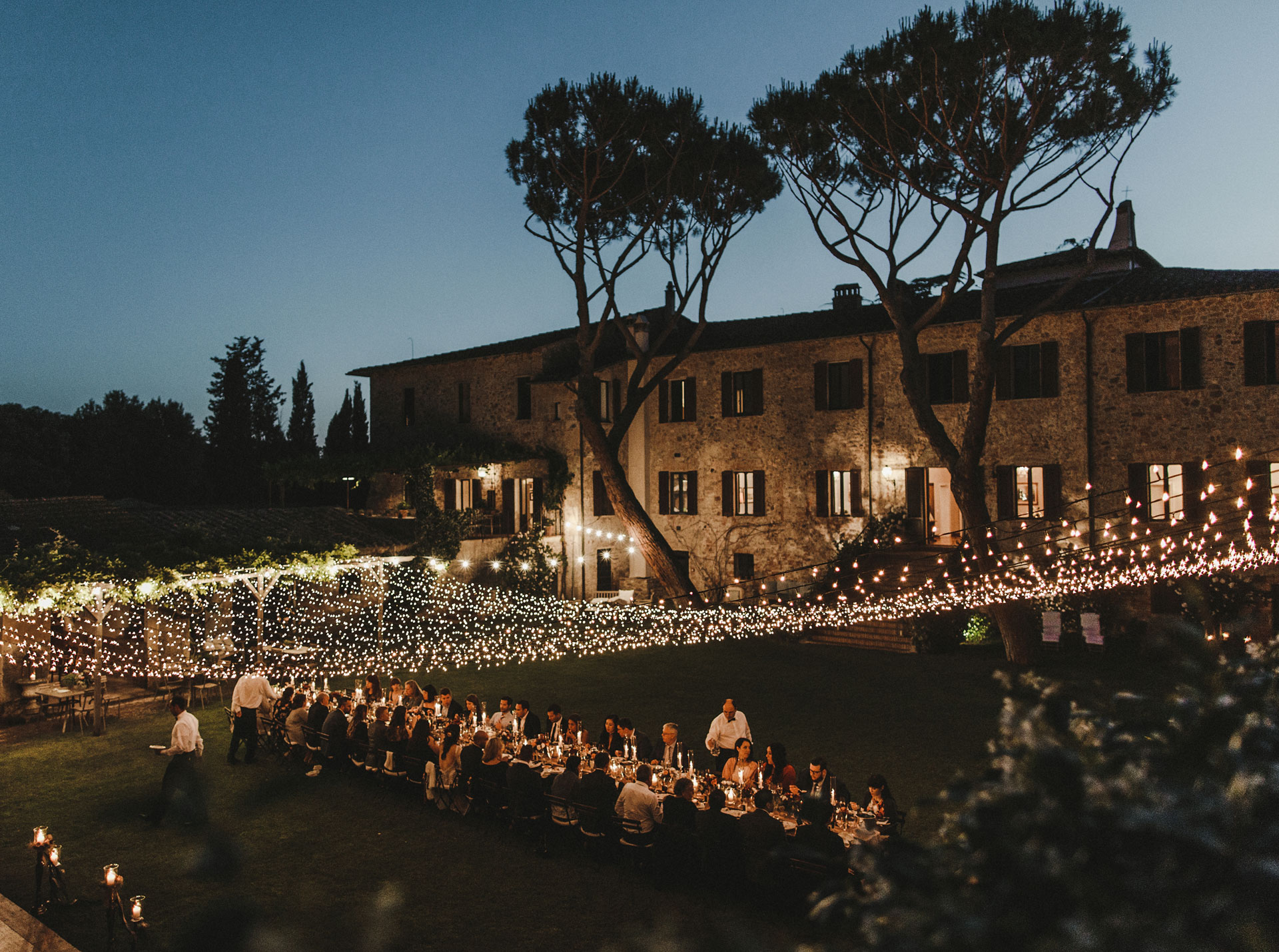Italy’s allure for destination weddings transcends its postcard-perfect scenery. Beneath the surface lies a rich tapestry of traditions, regional customs, and symbolic elements waiting to be woven into your special day. This article delves deeper, exploring the layers that make an Italian wedding truly unforgettable.

The Ceremony: A Tapestry of Traditions
While a white dress and a tuxedo are familiar sights, Italian weddings often incorporate symbolic elements specific to the region. In Sicily, wheat stalks are braided around the couple’s hands to symbolize fertility and abundance. Puglia bathes the bride in a shower of wheat grains for prosperity. Venetian couples might seal their vows with a “baci di dama” (lady’s kiss) — two cookies joined with a creamy filling, signifying the joining of two families.
The Rings: More Than an Adornment
Italian wedding rings hold a deeper meaning. The ” fede nuziale” (wedding band) is traditionally a plain gold band, representing eternity and unwavering commitment. Some regions incorporate the “federa” (engagement ring), often featuring a precious stone, symbolizing the initial promise.
The Attire: A Blend of Style and Symbolism
Fashion takes center stage in Italy, and weddings are no exception. Brides often choose elegant silhouettes that flatter their figures, with lace and delicate Italy wedding packages all inclusive details adding a touch of romance. The groom might opt for a classic suit or a more contemporary tuxedo, depending on the formality of the event. Regional touches can also be seen, with brides in Sardinia sometimes adorning themselves with intricate coral jewelry.
Beyond the Ceremony: A Feast for the Senses
Food is the cornerstone of Italian culture, and a wedding reception is no exception. Expect a multi-course meal featuring fresh, seasonal ingredients. Antipasti platters laden with cured meats, cheeses, and marinated vegetables are a common starter. Homemade pasta dishes, fresh seafood, and slow-cooked meats follow, accompanied by an array of local wines. The celebration culminates in a beautifully decorated cake, often featuring flavors like ricotta cheese or limoncello.
The Music: Setting the Mood
Music plays a vital role in setting the atmosphere. Ceremonies might be accompanied by classical music or soaring vocals. Receptions often come alive with energetic Italian folk music, with guests joining in the traditional dances like the tarantella and the saltarella. Live bands or DJs can keep the party going well into the night.
The Bomboniere: A Sweet Ending
As guests depart, they are traditionally presented with a bomboniere, a small favor symbolizing good luck and sweet wishes for the newlyweds. These can range from sugared almonds (confetti) to locally-sourced treats like honey or hand-painted ceramics.
A Celebration that Endures
An Italian wedding is more than just a ceremony; it’s a celebration of love, family, and cultural heritage. By incorporating these layers of tradition and symbolism, you can create a wedding that is not only beautiful but also deeply meaningful, leaving a lasting impression on you and your guests.